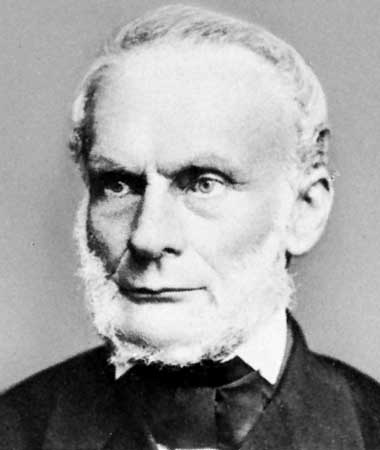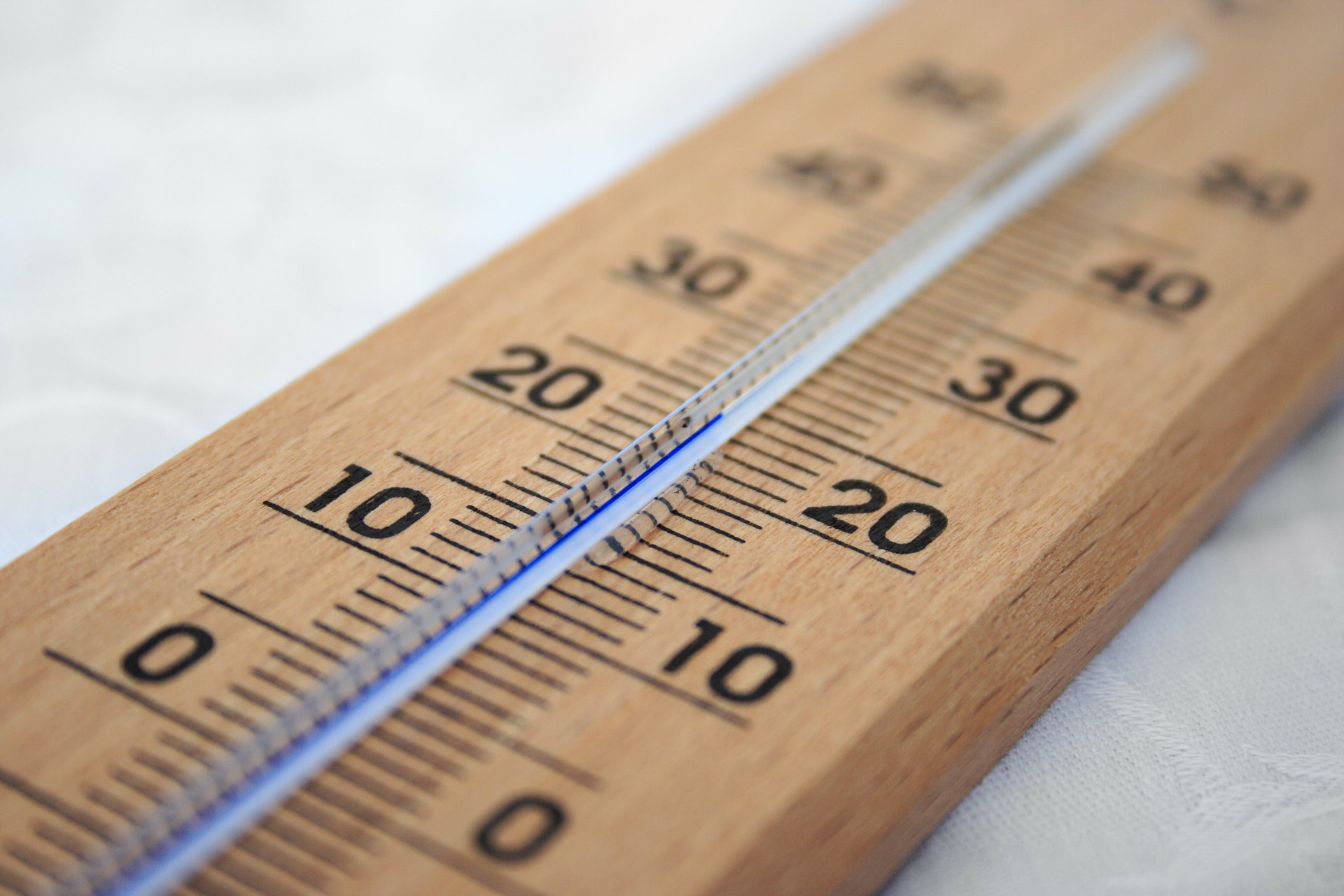Last Updated on May 14, 2025 by Muhamed Elmesery
Heat is a form of energy that can be transformed from one form to another or transferred between objects. For example, in electric motors, the turbine transforms heat into mechanical energy to power the motor, then mechanical energy is transformed into electrical energy by the engine to illuminate light bulbs. To study the relation between heat and other forms of energy, physicists established thermodynamics to understand how thermal energy is diverted into and from other forms of energy. and how these transformations affect matter.
Pick The Best Virtual Plan for You
Thermal energy is defined as the energy possessed by a substance or system as a result of its temperature, It expresses the energy of moving or shaky particles.
Thermodynamics can thus be defined as a branch of physics that organizes the relation between heat and various forms of energy and describes the transformations that occur in thermal energy from one state to another state of energy and how this transformation affects matter.
Table of Contents
History of Thermodynamics:
The Caloric theory was proposed by chemist Antoine Lavoisier in 1783 and supported by Sadi Carnot in 1824, scientists adhered to this theory in their research during the late 18th and early 19th centuries, according to the American Physical Society.

Thermal theory considered heat as a type of fluid flowing naturally from hot objects to cold objects in a way that resembled the flow of water from high altitudes to low zones. This fluid becomes mechanical energy when heat flows from the hot area to the cold as the fluid flows. This theory remained in use until the German physicist Rudolf Clausius came and published the theory of heat in 1879 to deny the Caloric theory.
PraxiLabs 3D virtual labs provides some of the thermodynamics experiments.
Try 3D Virtual Labs Now for Free
Heat:
There are many physical properties of materials, but the heat is one of the most important properties that we can study using thermodynamics. Heat is defined as energy that moves between materials due to temperature differences between those substances, according to energy laws. And as one form of energy, heat is subject to energy conservation laws. Heat cannot be annihilated or created from scratch, but it can be transformed from one form to another form of energy or passed from place to place. For example, the burner (electric) torch converts electrical energy to heat energy, and connects that energy through the pot to water, which in turn supplies water molecules with more mechanical energy, which accelerates the movement of the water molecules until it reaches its temperature to the boiling temperature, at that time, the atoms will gain enough energy to release them from the molecular bonds of the liquid, and come out in the form of vapor.

Temperature:
A unit of measurement of the thermal energy rate of a particle in a matter, expressed in units or degrees determined by a fixed standard scale.
The most commonly used temperature scale is the Celsius scale, according to the American Heritage Dictionary. The Celsius unit relies on freezing and boiling points of water under atmospheric pressure. The freezing point of water is zero degrees Celsius and the boiling point is 100 Celsius. The Fahrenheit unit can also be used to express the temperature, and such as Celsius, Fahrenheit also depends on the freezing and boiling points of water. The freezing point of water is 32 ° F and the boiling point is 212 ° F.
The third unit, Kelvin, has been adopted due to its accuracy achieved during its use in calculations. In addition to that, it is possible to use the same rate of increase found in the Celsius scale, which means that the degree Celsius is equal to 1 Kelvin.
Specific heat:
Specific heat is one of the physical properties of the material and is defined as the amount of heat per unit mass required to raise the temperature by one degree Celsius. It can also be expressed as (joules/kg. Kelvin).
The four laws of thermodynamics:
The basic principle of thermodynamics has been described by three fundamental laws. But then, physicists realized that the most important laws of thermodynamics were neglected, mostly because there was no explicit need to admit it as it was self-evident. But to familiarize with all the rules of thermodynamics, scientists added it to the fundamental laws of thermodynamics. This law was called Zeroth law, which was a suggestion from the British scientist Ralph Fowler to solve the problem faced by scientists regarding the adoption of this law where the three laws had spread and known among physicists with its three numbers and changing those numbers, of course, will cause great inconvenience in the scientific community, so the new law was therefore given the name “Law zero” or “Principle zero”.
- Zeroth law of thermodynamics – If two thermodynamic systems are each in thermal equilibrium with a third, then they are in thermal equilibrium with each other.
- First law of thermodynamics – Energy can neither be created nor destroyed. It can only change forms. In any process, the total energy of the universe remains the same. For a thermodynamic cycle the net heat supplied to the system equals the net work done by the system.
- Second law of thermodynamics – The entropy of an isolated system not in equilibrium will tend to increase over time, approaching a maximum value at equilibrium. Ancient and contemporary scientists have always had ideas of the possibility of making perpetual motion machines that work without stopping and without any external energy source, which is directly contrary to the laws of thermodynamics. The following video illustrates the idea of perpetual machinery.
- Third law of thermodynamics – As temperature approaches absolute zero, the entropy of a system approaches a constant minimum.
We have thus addressed some information about the fundamentals of thermodynamics, which is a very important branch of physics.
PraxiLabs Virtual Labs include a range of 3D science experiments in physics, chemistry and biology experiments
 PraxiLabs A virtual world of science
PraxiLabs A virtual world of science





